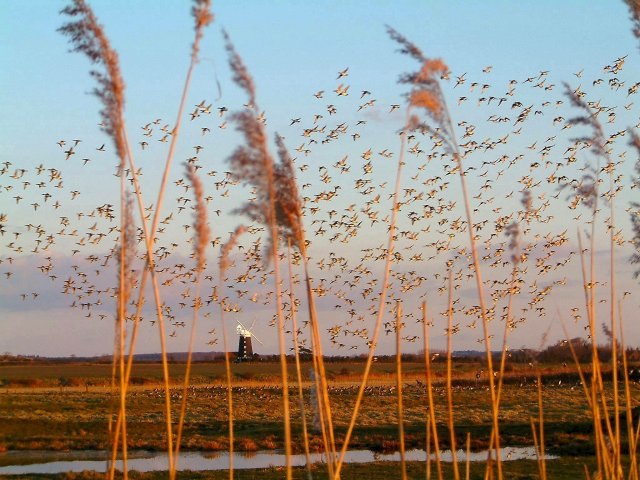Whether wind turbines are a danger to birds or not is a question which is often brought up by naturalists and opponents of wind power technology, but is it a valid one? Often the assertion that wind turbines kill birds is backed up by gory images and alarming statistics.
But what about the scientific data and the opinion of experts in the field? Is there enough reliable evidence to support these claims?
"The effects on biodiversity, and on avifauna, of a wind farm will not mainly be mortality," Jean-Philippe Bizoux, qualified attaché in the Nature and Forests Department, told RTBF. "What we will have will be an area where there is disruption and fear. The scared birds will desert the place."

Creidt: Wikimedia Commons
"However, there is no direct causal link. The first cause of the disappearance of birds from our countryside is not wind turbines. The main cause is the loss of habitats: the loss of areas where birds can rest and can feed. Wind turbines are not the primary cause of the disappearance of avifauna."
According to a French study, a wind turbine kills an average of seven birds per year. But out of, say, 10,000 accidental deaths, what does that figure represent? It is estimated that the majority of these collisions are due to crashes into windows. Then come power lines, then cars. Add to that the problem of pesticides and hunting cats. Wind turbines actually come at the bottom of this ranking with only one death out of the 10,000 envisaged.
The figure of seven deaths per year per wind turbine is an average. The numbers actually vary between zero and 18, depending mainly on what's around the wind farm. That's why scientists continue to think about the problem. Among them is Geoffroy Marx, responsible for the Renewable Energy and Biodiversity program at the League for the Protection of Birds in France.
Compensation zones help birds settle elsewhere
"We see the impacts on landscapes, on biodiversity, of these renewable energy projects,” Marx told RTBF. "But the advantage of these renewable energies is that they have an impact that is very localised and that can be, for the most part, avoided, reduced or even compensated."
When we talk about wind turbines, we must also talk about the regulations around wind turbines, which have continued to evolve. If they do contribute to the progressive loss of space available for birds, it should be noted that promoters are forced to try to compensate for this impact most of the time. The good news is that there are now areas known as compensation zones to help the birds settle elsewhere.
"These are areas that are set up on agricultural plots and are devoted to biodiversity and mainly to avifauna," said Bizoux. "Species find two essential elements that they need; shelter and feeding areas."
Related News
- Birds 'astonishingly good' at dodging wind mills, new study shows
- Opposition against new wind turbines by Flanders-Wallonia border grows
"And it actually works," he added. "When the measures are well implemented and correctly located, we have a real impact on the presence of birds, and we find the species we are supposed to find."
So, it is possible to find a balance. And some bird lovers are coming to accept that wind turbines may not be the enemy after all.

